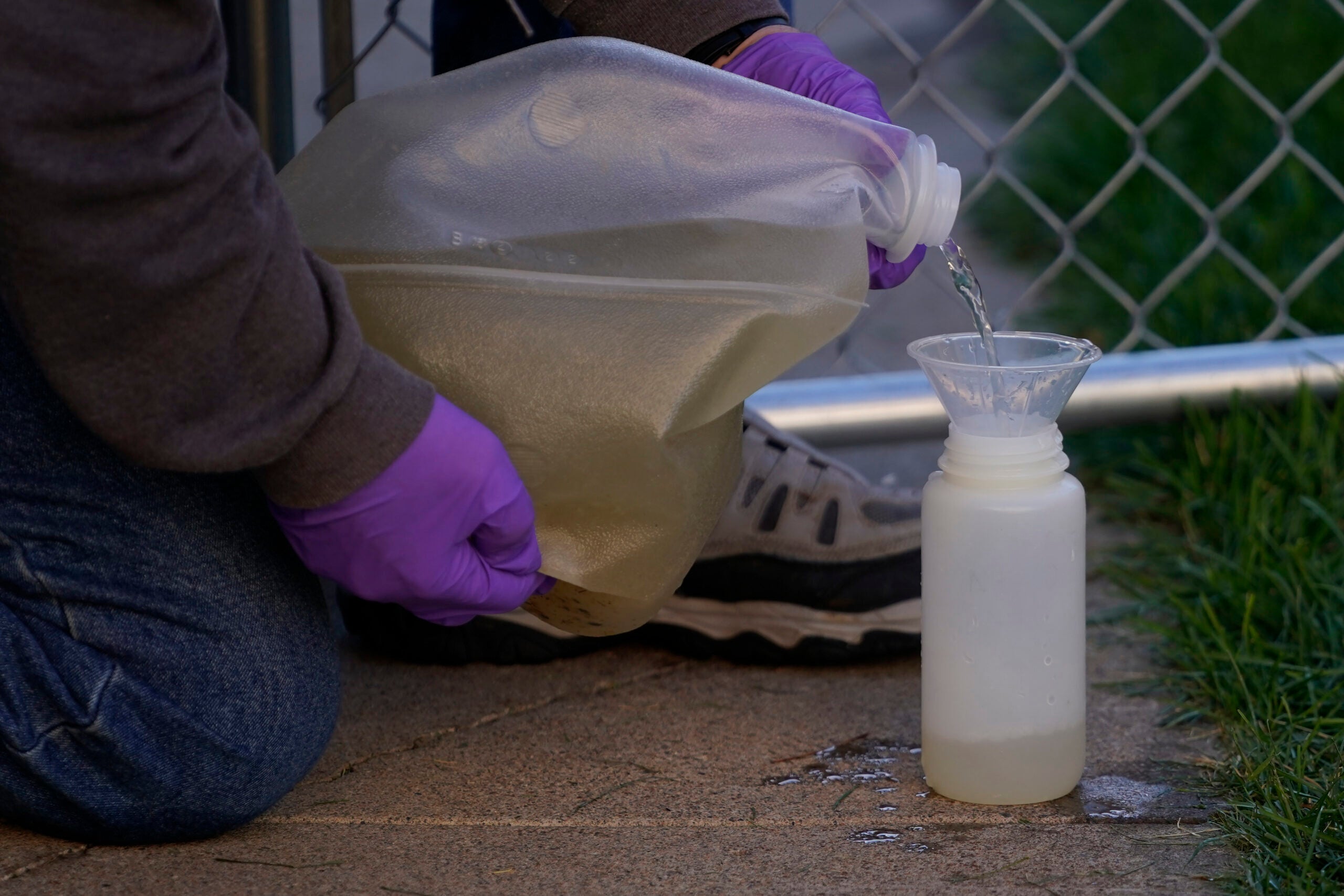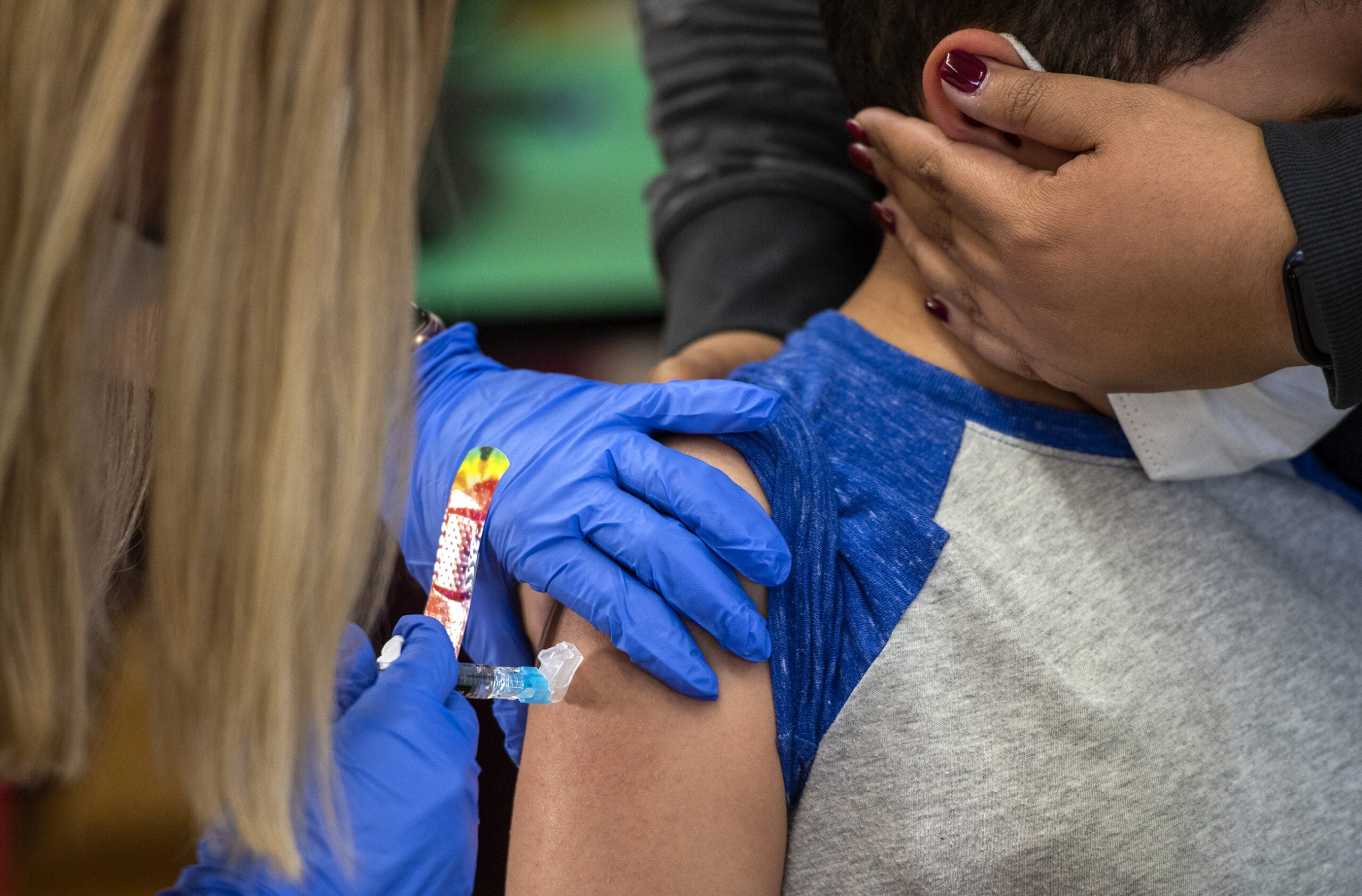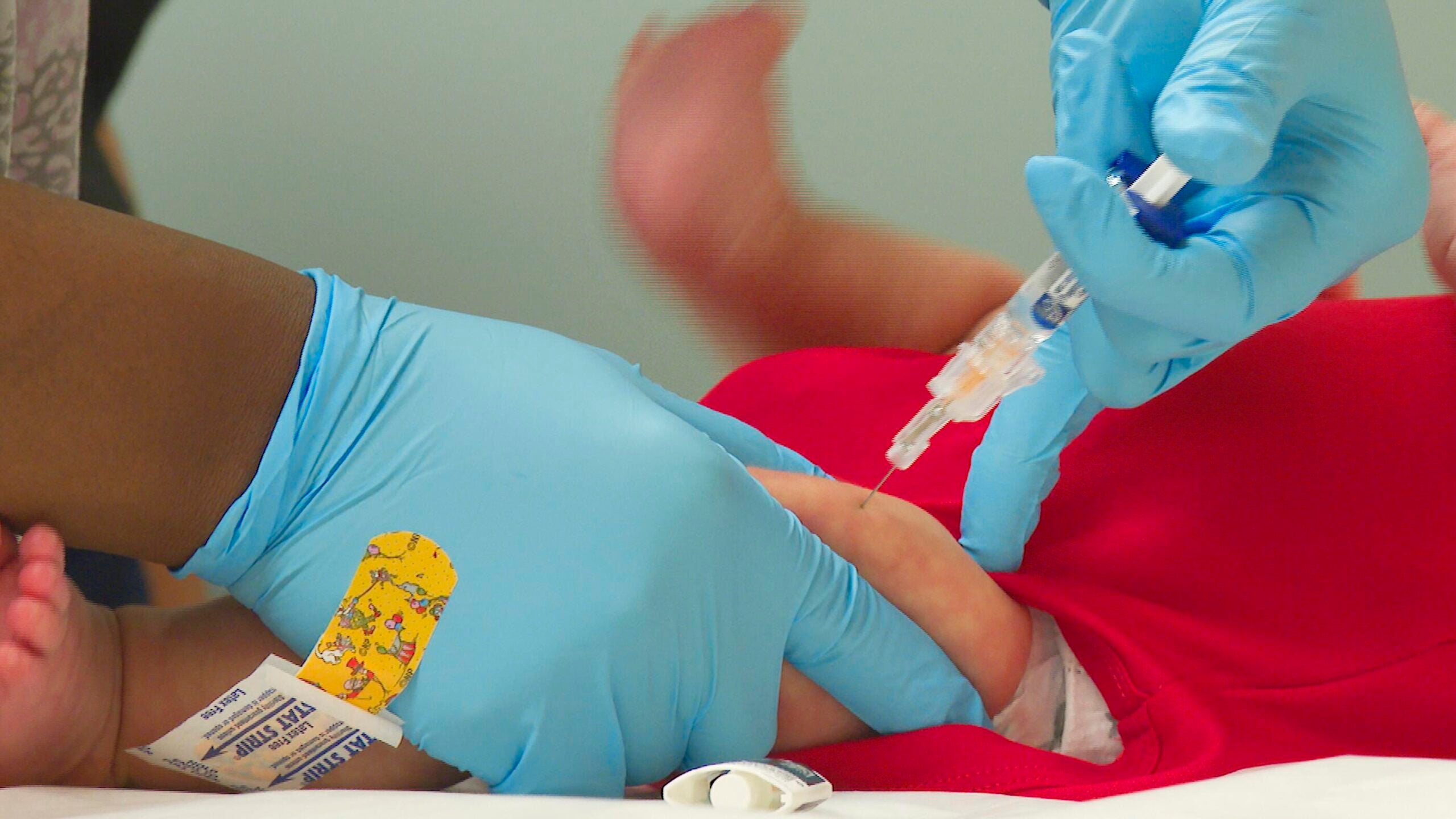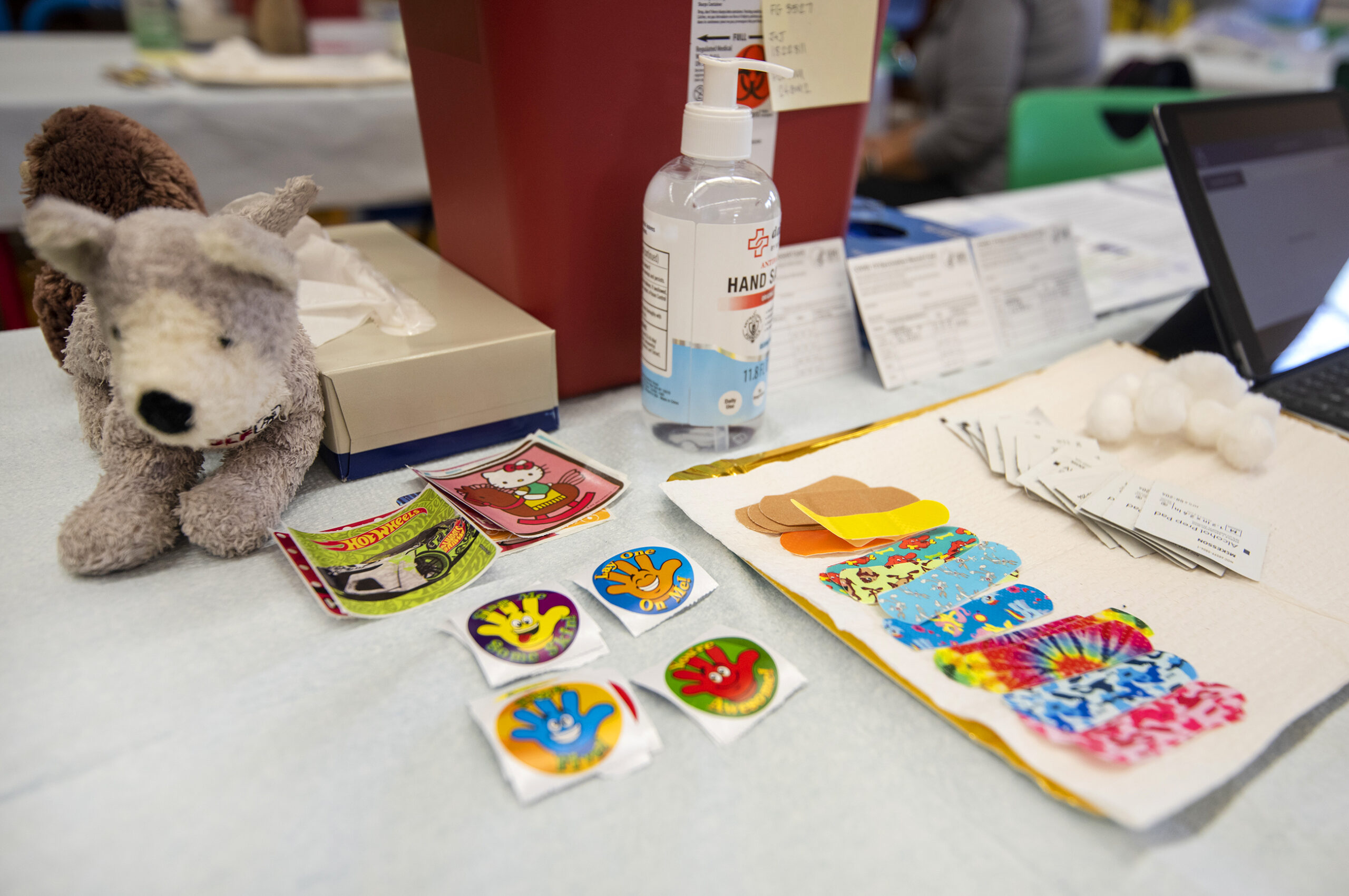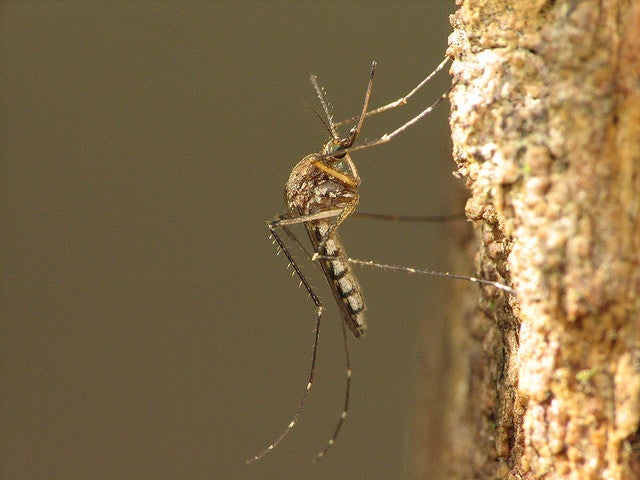After wastewater data began to show some evidence of increased spread of COVID-19 earlier this week, authorities are continuing to monitor the amount of virus found in the state’s sewersheds.
Earlier this week, the state Department of Health Services reported a “major increase” in SARS-CoV-2 concentration in wastewater in a number of Wisconsin cities.
DHS has been monitoring wastewater since June 2020, and now contributes to national surveillance of wastewater by the U.S. Centers for Disease Control and Prevention.
News with a little more humanity
WPR’s “Wisconsin Today” newsletter keeps you connected to the state you love without feeling overwhelmed. No paywall. No agenda. No corporate filter.
Dr. Jonathan Meiman, DHS chief medical officer and state epidemiologist for environmental and occupational health, said it’s too soon to tell if a spike in cases is coming based on data from some of the state’s testing sites. But for others, including Milwaukee’s Jones Island and Green Bay, there is an uptick that could indicate increasing community transmission, Meiman said.
Wastewater systems are typically tested once or twice each week. It’s not a replacement for other kinds of COVID-19 testing, Meiman said, but a supplement.
“No surveillance system in and of itself is perfect,” he said. “What we want to do is pull all the data we have together to paint a clearer picture of what we believe is going on.”
One limitation of wastewater testing is the fact that it’s difficult to use wastewater data to pinpoint exact neighborhoods or communities where the virus is spreading, Meiman said, because the testing looks at the whole sewershed.
“Those boundaries are very different than boundaries we may be more familiar with, like municipal boundaries, zip codes or counties,” Meiman said.
Similarly, genomic sequencing of wastewater samples to determine what virus variants are present is still an “emerging area,” of research, he said, with the Wisconsin State Laboratory of Hygiene doing preliminary work.
Still, it can be an early indicator that people should take precautions like getting a vaccine or a booster, said Meiman.
“What I would like the public to kind of think about when they look at any of our data is when it looks like things are increasing and there could be more transmission in their community, think about ways they can protect themselves,” he said.
Meiman said he expects to know more about what they’re seeing in wastewater could mean for actual cases in the coming days.
Wisconsin Public Radio, © Copyright 2025, Board of Regents of the University of Wisconsin System and Wisconsin Educational Communications Board.

